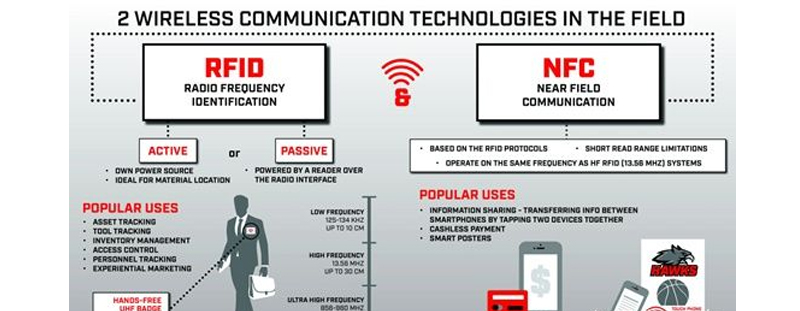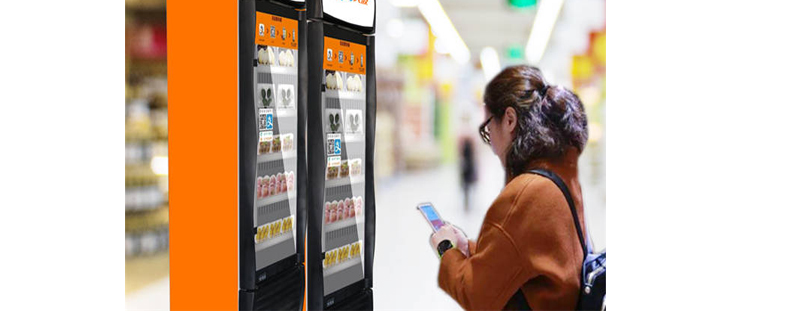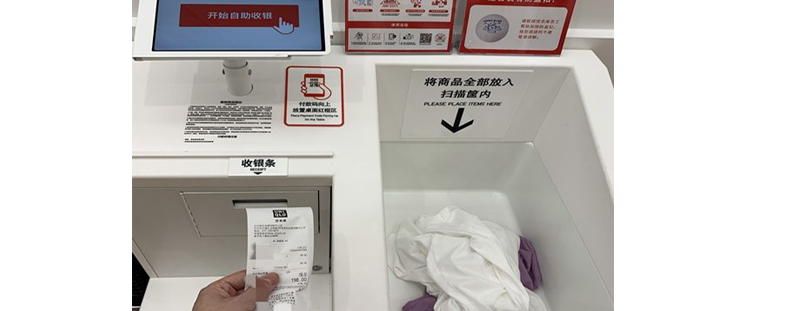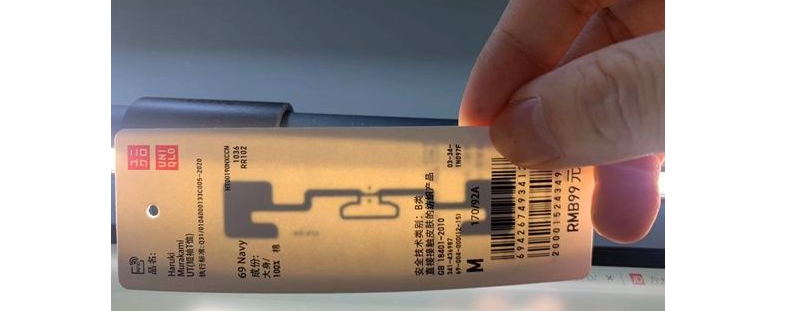-
What Is The Prospect Of RFID Technology In The Logistics Industry?
According to the trend, RFID technology will be everywhere in the logistics industry in the future. The significance of RFID is not only to logistics tracking, but also to open up the one-stop process from warehousing to logistics to consumption and then to anti-theft, improve the efficiency of the whole supply chain, and save the labor costs as cashiers and so on.
In the past, in addition to the mainstream wireless technologies such as WiFi and Bluetooth, there are three most important supporting roles that will play an important role now or in the future and affect our production and lifestyle.
Needless to say, for example ID card, access card, bus card, subway card and bank card all are using NFC technologies. It saves the employment of conductor, reduces the change transaction, makes the community more intelligent, and makes the bank payment safer and faster.
Few people may know this technology, but when I talk about his products, everyone understands it. UWB is a directional ultra wideband technology. In short, it can make the equipment feel directional.
At first, the U1 chip in the iPhone 11 was well-known. It was originally thought that it was used in airdrop, it can give priority to identifying the mobile phone for data transmission in the dense space of mobile phones (such as conference room).

As a result, Apple's appetite is greater than people think. Now this technology is used in airtag. When it is close enough to airtag, the mobile phone will display the location of airtag.

In one short, RFID is the abbreviation of radio frequency identification, a wireless radio frequency technology. It is different from NFC in that NFC can only communicate over a short distance, while RFID can communicate over a long distance. RFID readers and tags can be one-to-one and one to many, while NFC can only have a one-to-one relationship to ensure the security of communication.

RFID was first applied commercially, and the common application scenario is an unmanned supermarket. Before entering, you need to scan the code or face recognition. When you go out, you don't need to scan the code of each commodity to pay. You can check out directly when you take it out.

A variety of goods with RFID tags can automatically identify what items are taken out and how much they cost without scanning one by one through the RF device, and complete the automatic checkout. According to different communication protocols, RFID is divided into ISO18000-6B, iso18000-6c, iso18000-total, passive Bluetooth technology, saw RFID technology, etc. However, the most widely used RFID tag chip of iso18000-6c is also the only IOT chip category with sales of more than 10 billion in the world at present. Because it is mainly used in the supply chain management of clothing, such as decathlon, UNIQLO, Zaza, Wal Mart shoes and clothing department and Hailan house, so as to improve the management accuracy and efficiency of its supply chain.

Instead of going down to the code scanning machine to scan the code one by one as in the supermarket, all the commodity prices can be automatically displayed only by throwing all the commodities in the specified grid. This is because RFID chips are hidden in the labels of each of his clothes:

At present, it can be seen that there will be special personnel to guide the operation next to each vending machine:

This is because the concept of no sales is still in the stage of cultivating customers. After the market matures, the purpose is to reduce cashiers.
But in fact, the main purpose of using RFID technology like UNIQLO is not for the consumer, but more importantly to solve the problem of logistics.
-
Compared with Barcode, RFID has many advantages:
Firstly, RFID can read multiple objects at the same time, while the bar code can only be read one by one, which makes the bar code have to be read manually.
Secondly, RFID can read data through external materials, and the bar code must be scanned directly by laser;
In addition, RFID can identify a single object, while bar code can only identify one kind of object.
Most importantly, RFID tags store a large amount of information. It can not only record the inherent information such as item name and packaging, but also record the status of items at any time, such as leaving the factory, during transportation, entering the warehouse, selling and even delivering them to customers after payment.
UNIQLO imports a set of automation system into the warehouse, and the machine is responsible for garment quality control and distribution. For example, when the clothing is transported to the warehouse, it will be packed in the box and put on the conveyor belt. The system will automatically read the RFID tag on the clothing to confirm the inventory and type of goods, and then use this information for packaging and classification. This kind of "robot warehouse" can reduce 90% manpower and operate continuously 24 hours, so as to greatly reduce inventory costs.





